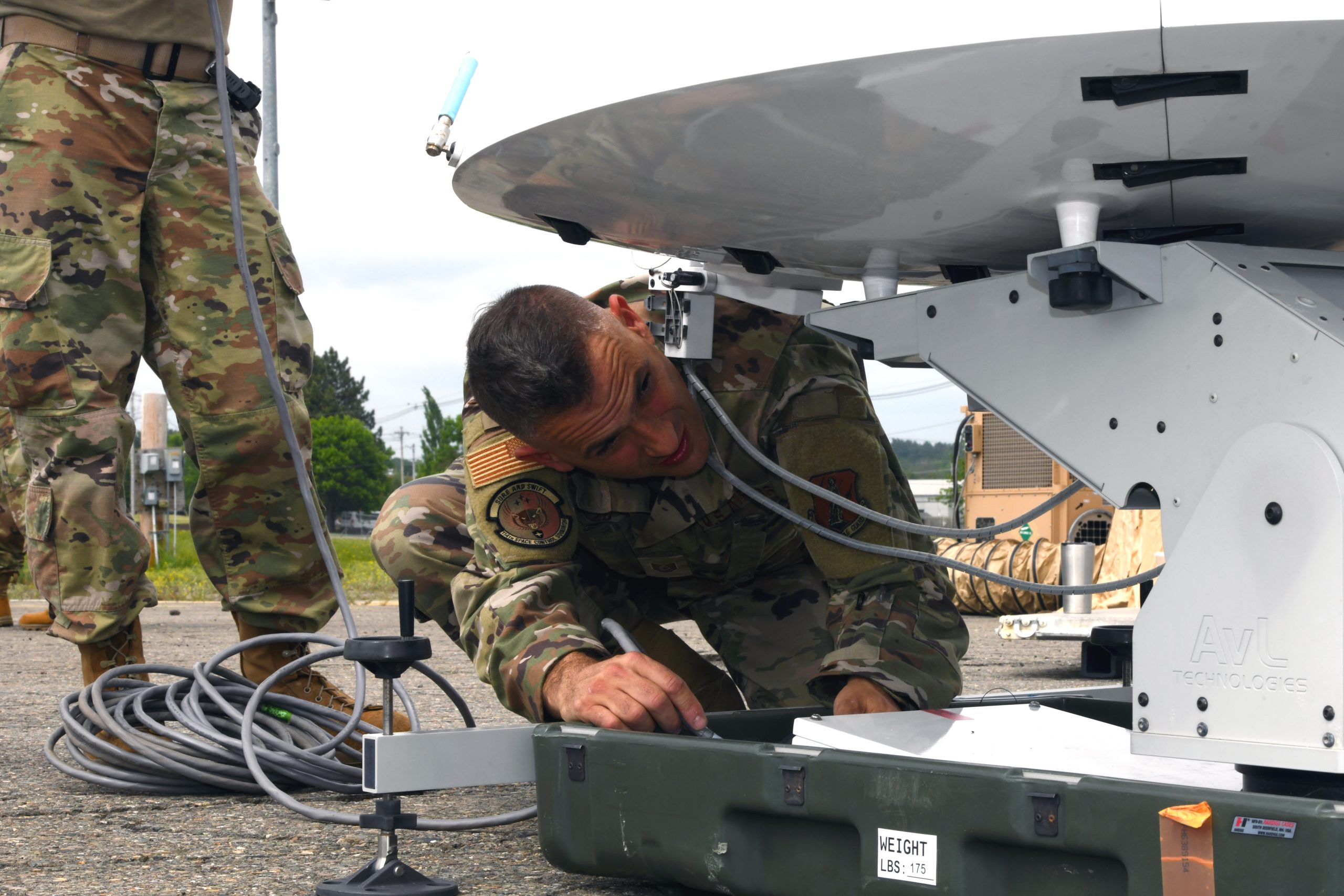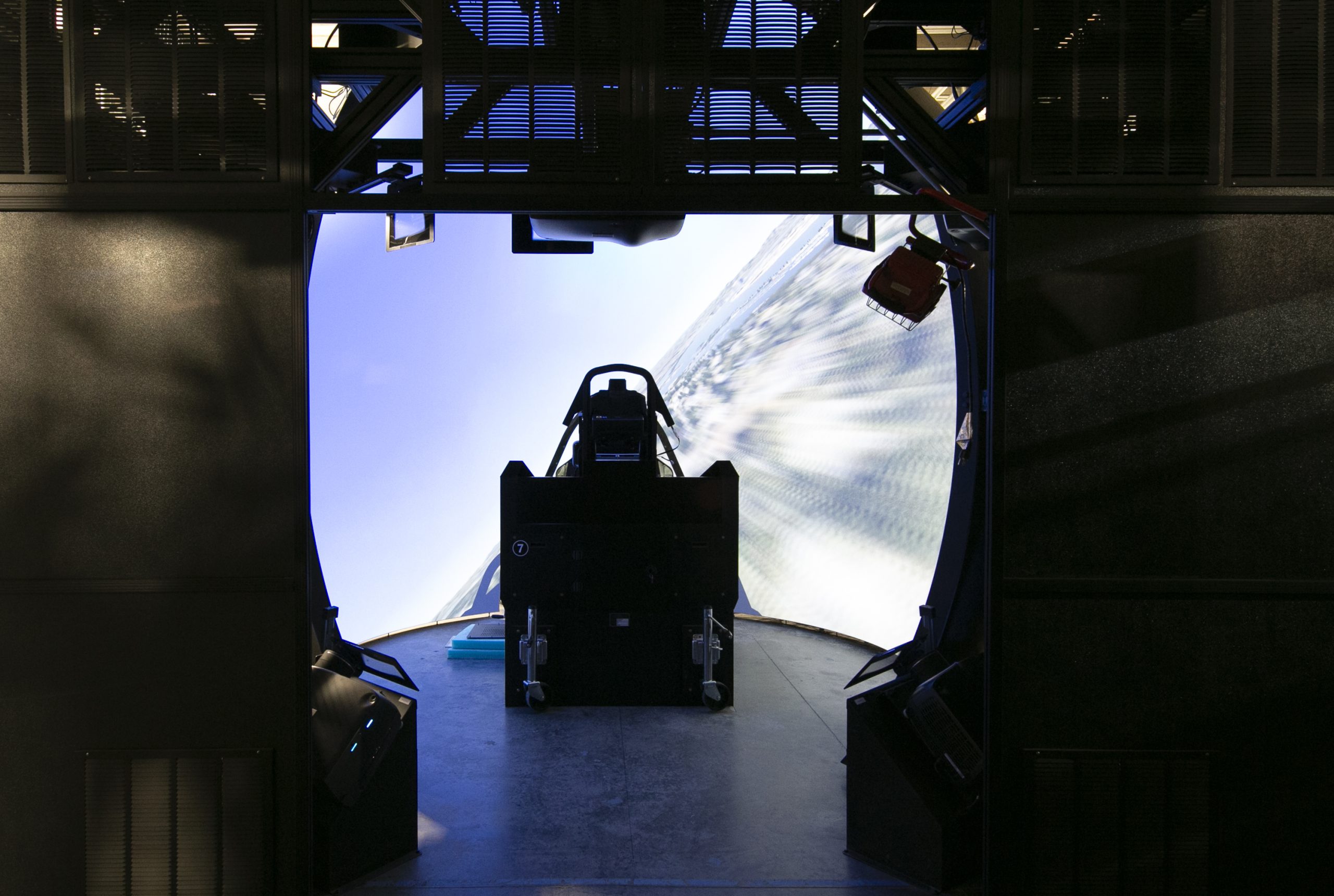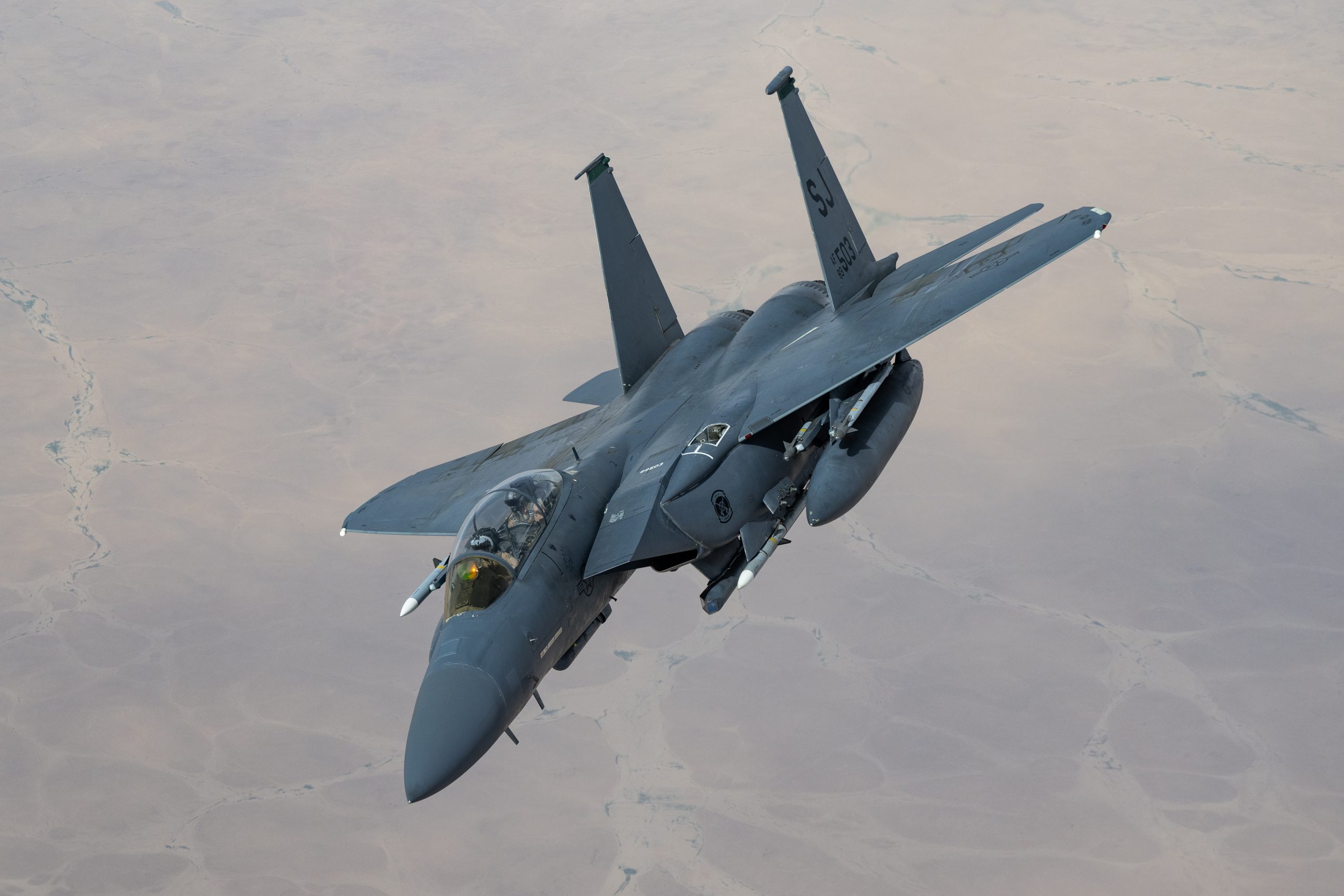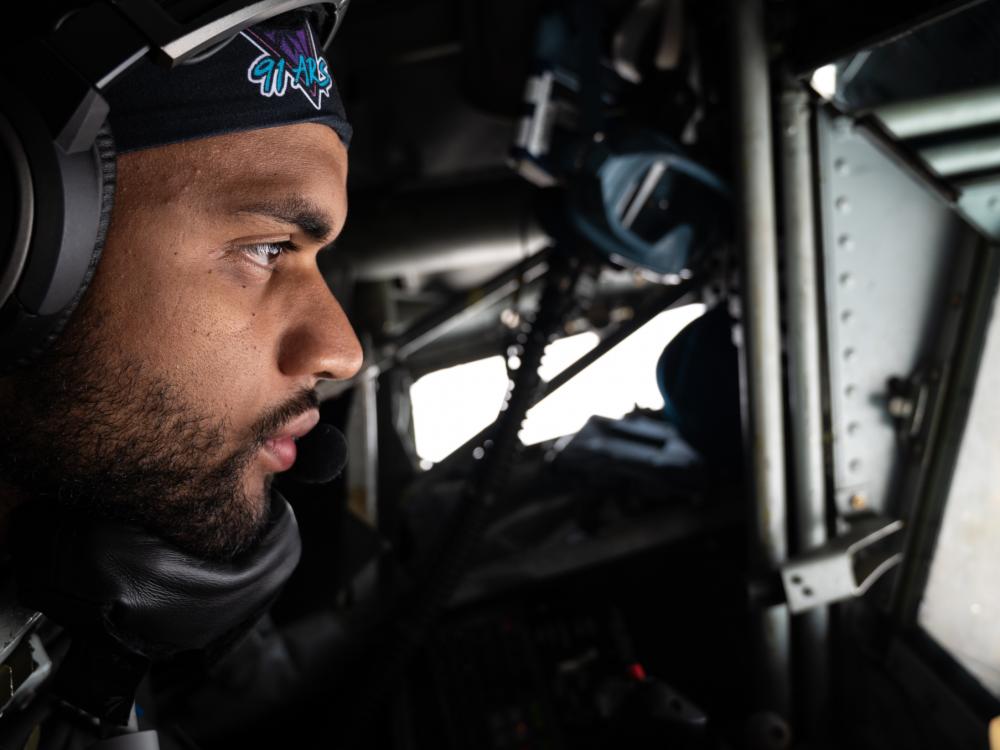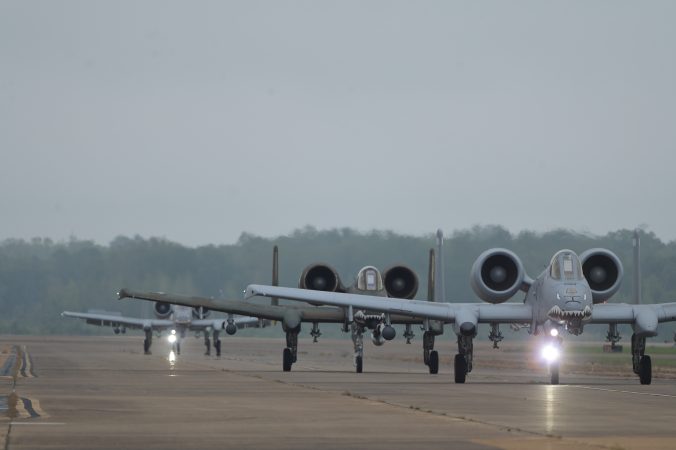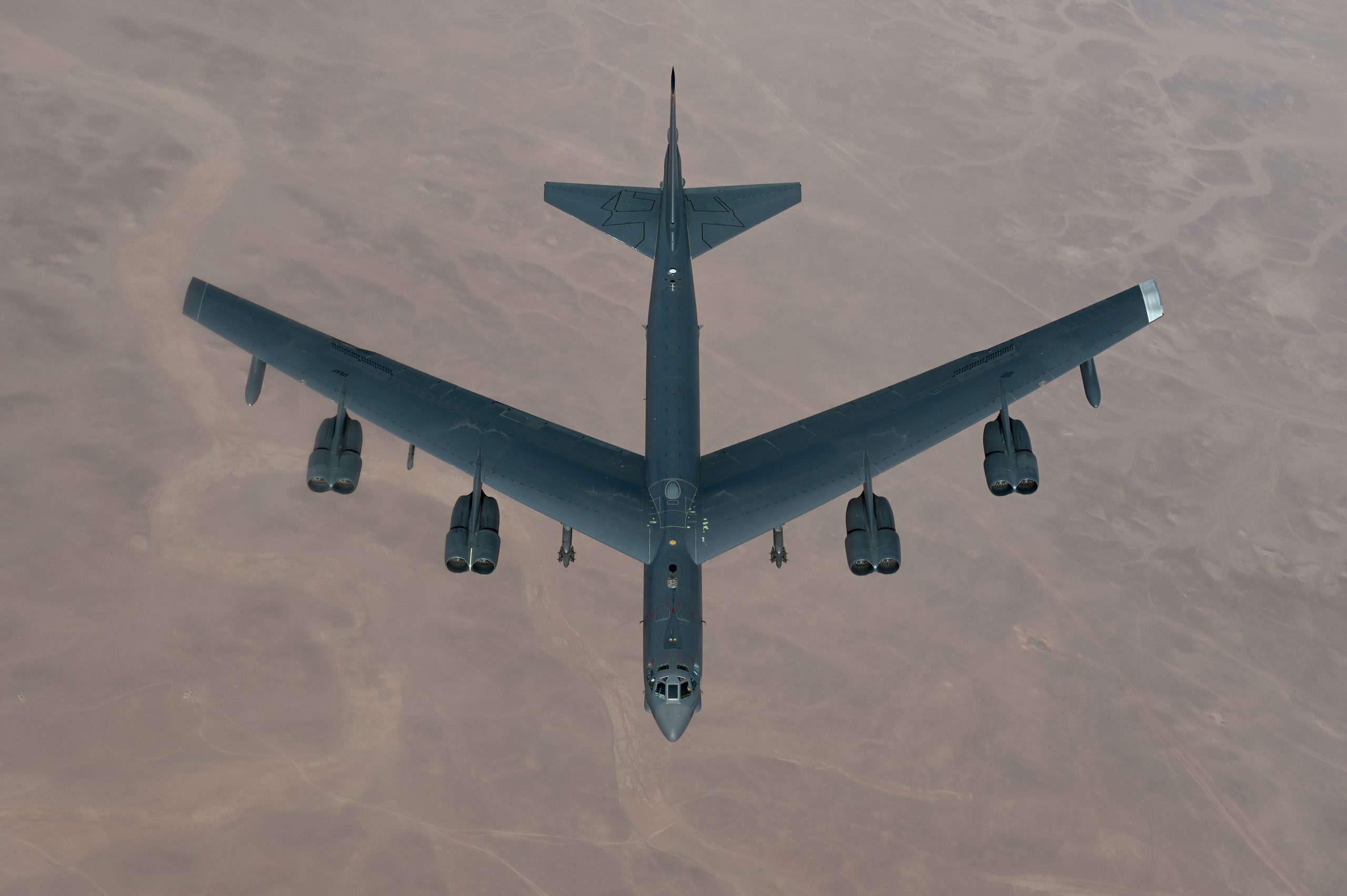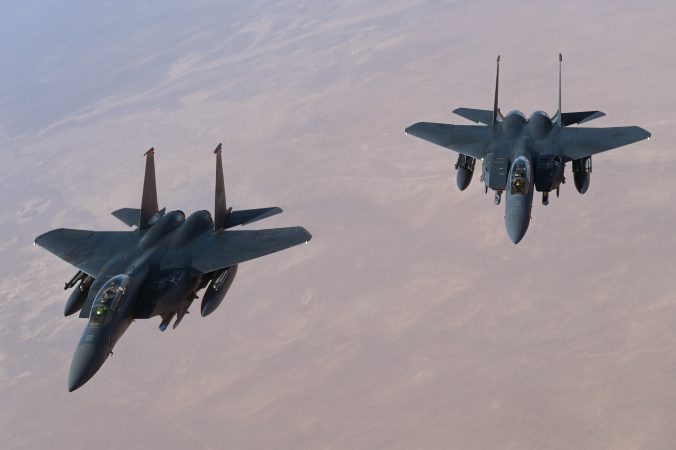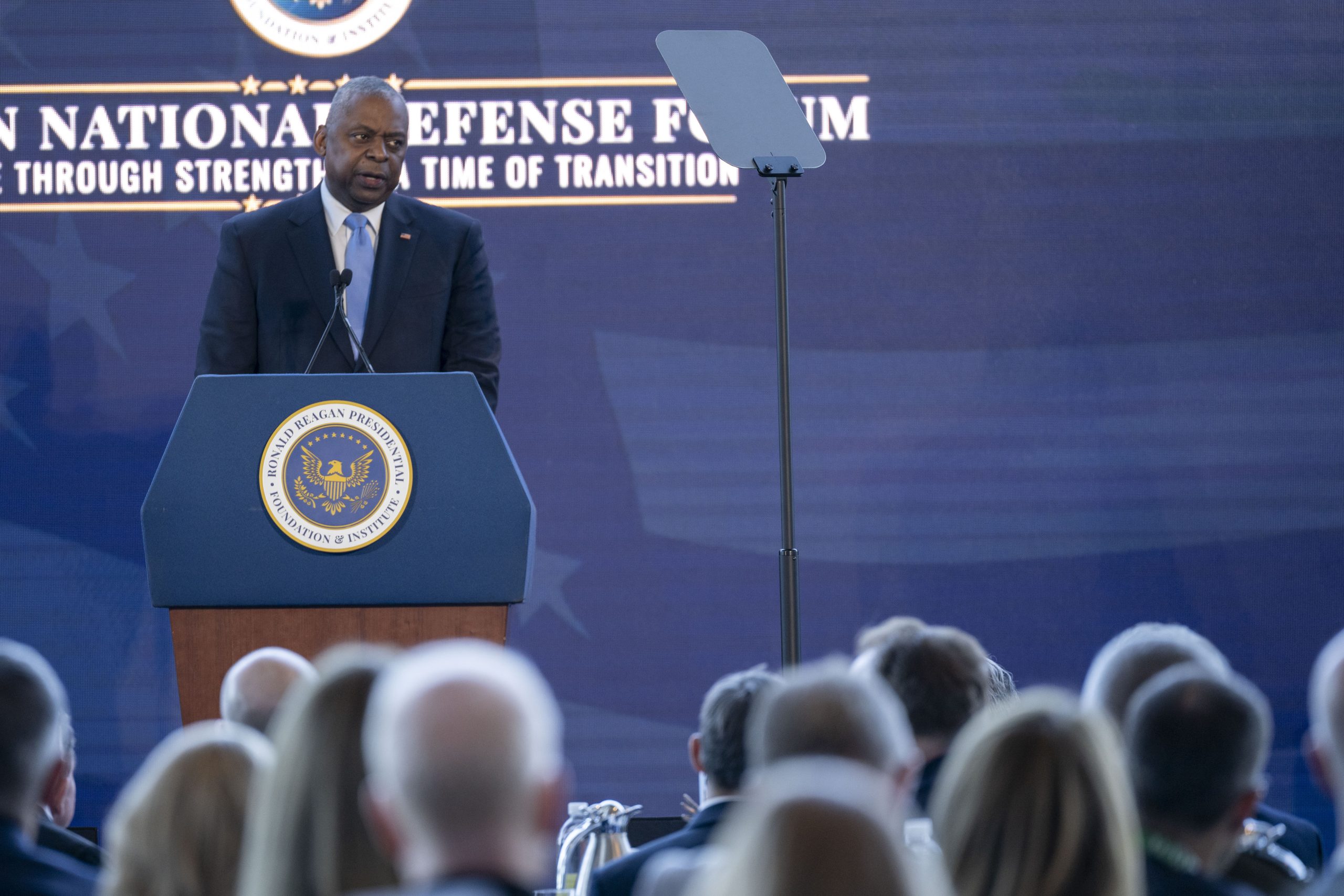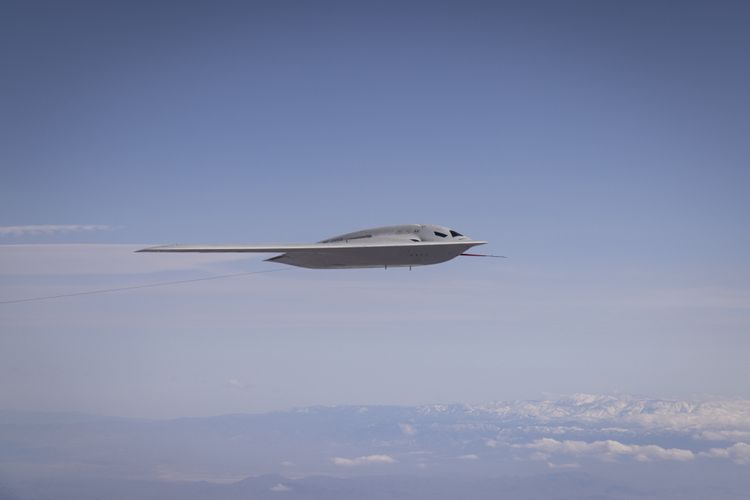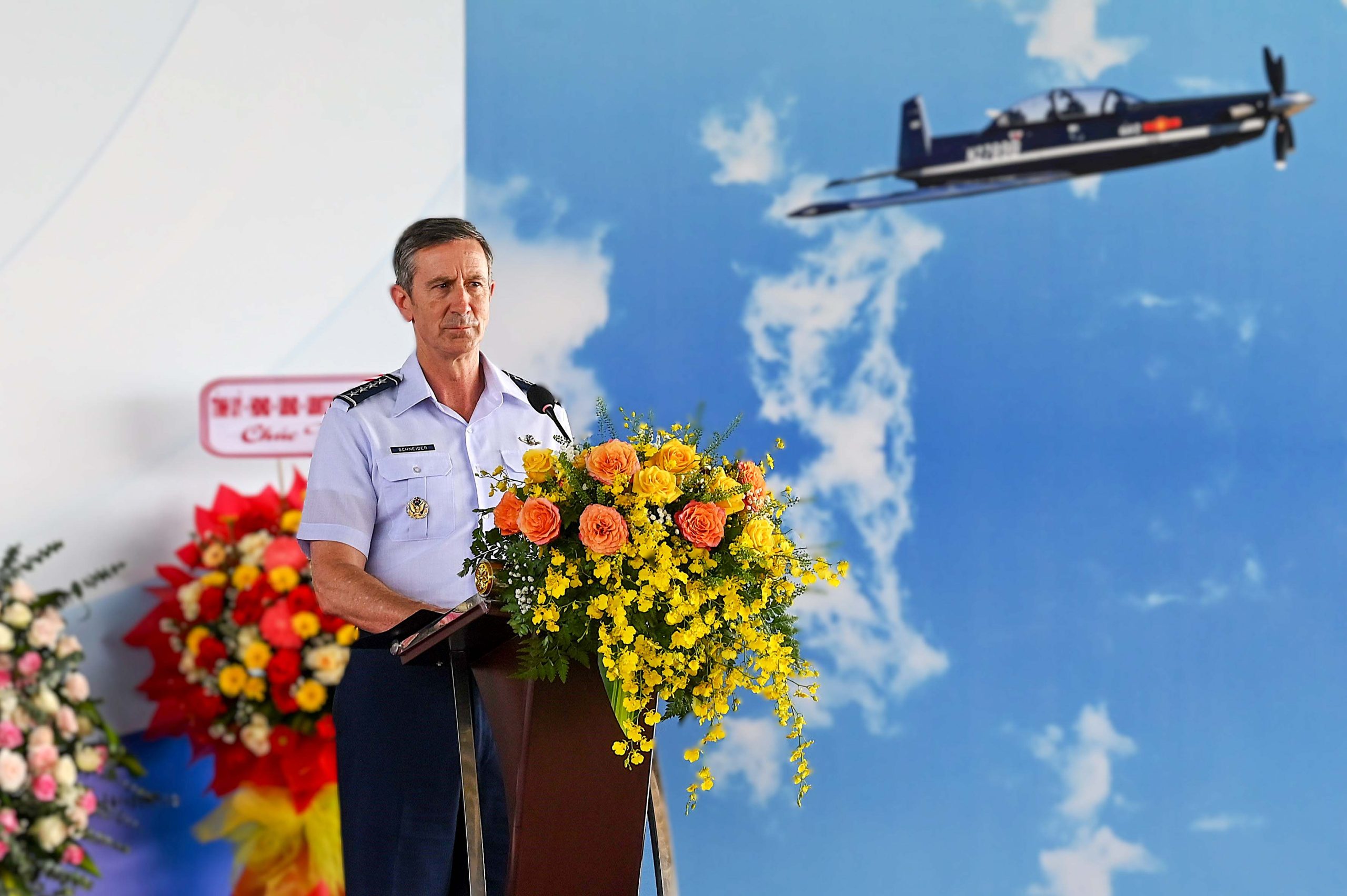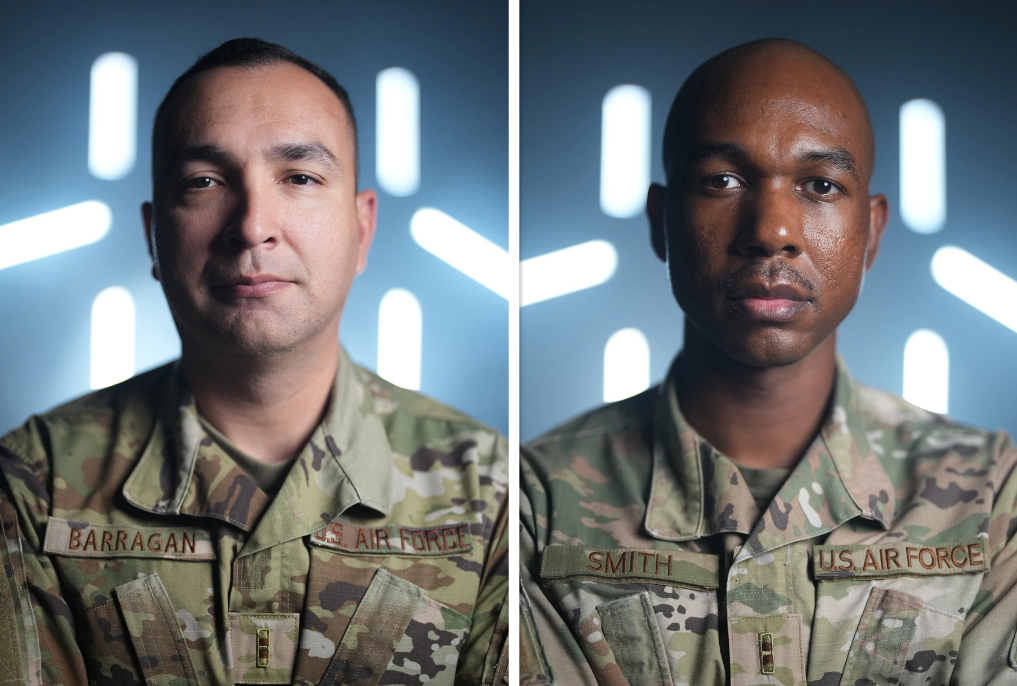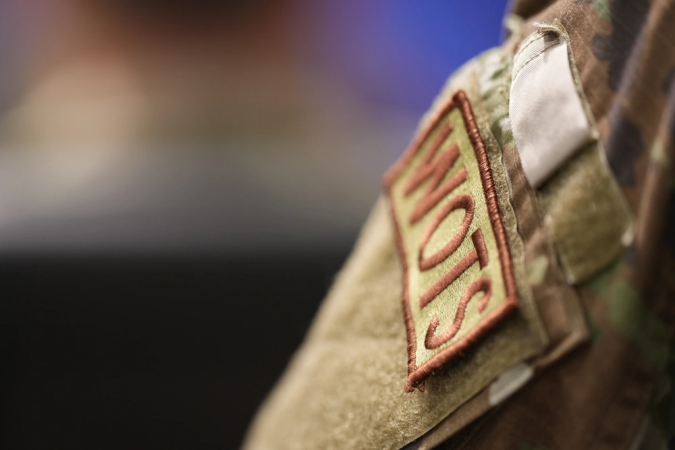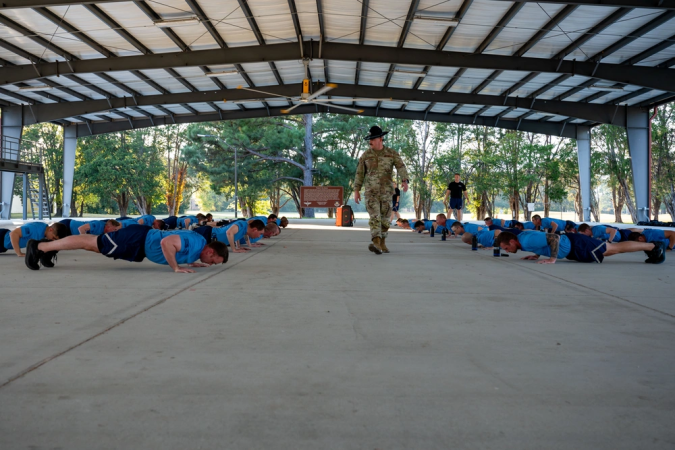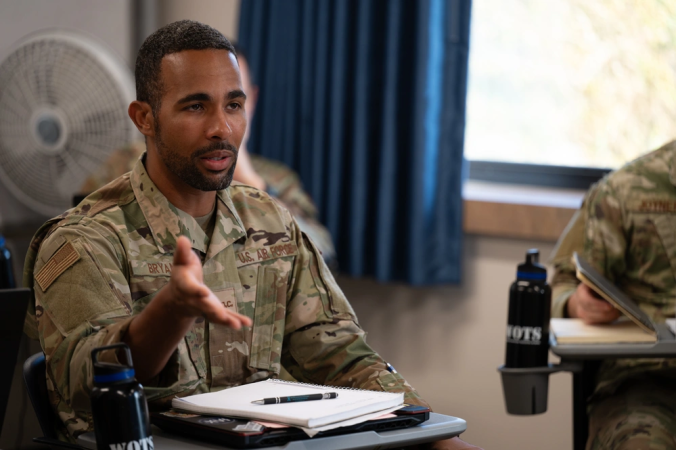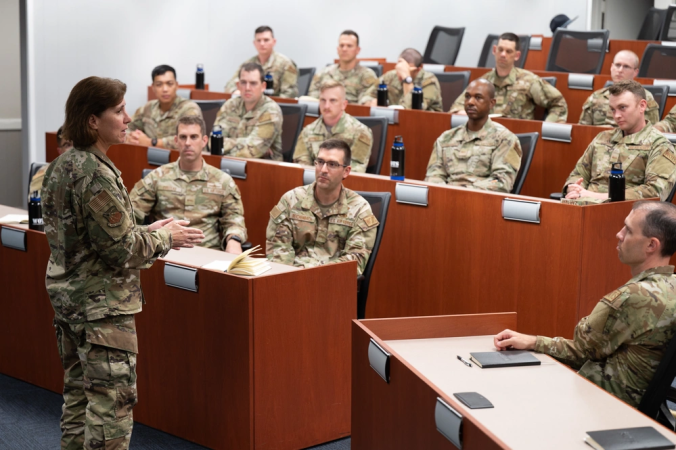The Space Force is feeling the love from Congress, which approved its biggest wishes, such as converting space-oriented Air National Guard units into Space Force ones, in the compromise 2025 National Defense Authorization bill unveiled Dec. 7.
Congress backed multiple Space Force priorities in the 1,800-page bill, which sets policy for the Pentagon.
Enabling the Secretary of the Air Force to transfer Air National Guard units with space missions into the Space Force may be the biggest of these, laying to rest a roiling debate over whether the Guard would gain an ongoing role in the newest military service. The Space Force sought a simpler system with a single component, including neither a National Guard nor a Reserve. Instead, USSF will have full- and part-time members, unique among the armed services.
The House sought to allow the move only if the Secretary gained approval of the governors in whose states those space-focused units were located. But the Senate argued in favor of the Space Force vision, and won out in the end. But the Department of the Air Force proposal did not win its entirety. The NDAA, if approved, will limit to 578 the number of personnel the Space Force can transfer, rather than the 700 personnel cited in an Air Force study. Nor can any individual Guard member be transferred to the Space Force without their consent. Finally, the measure requires the Space Force “to the maximum extent practicable” not to relocate any individuals for three years following the transfer, and to keep units in the state where they are now located for 10 years.
The Air National Guard must retrain and reassign any Guard member who decides against transfer.
Not included in the transfer, but still subject to study, is the 222nd Command and Control Squadron, a New York National Guard unit that provides support to the National Reconnaissance Office. The bill requires a report on “the organizational future of the 222nd, focusing on options that ensure the unit’s continued support to the NRO while accounting for its broader integration into U.S. space missions,” lawmakers wrote. Options include incorporating the 222nd into the Space Force, keeping it in the Guard, or creating a hybrid structure.
The National Guard Association of the United State derided the decision to forgo a Space National Guard as a “backroom deal … struck in defiance of a century of legal precedence, the fierce opposition of the nation’s governors, and the clear intentions of the incoming administration.” That last point suggests the issue might come up again. President-elect Donald Trump promised at NGAUS conference this summer that he would establish a Space National Guard, a decision that is not up to him alone, but rather must be enacted in law by Congress.
Acquisition Moves
The NDAA, which is expected to be approved this week, also approves the Commercial Augmentation Space Reserve, a program for incorporating industry satellites and space systems in peace and wartime to supplement the military.
Often compared to the Civil Reserve Air Fleet, the CASR is a key part of the Space Force’s broader goal to tie commercial capabilities into its structure as much as possible. Officials have said the first CASR contracts will go out in early 2025.
Another provision gives the Assistant Secretary of the Air Force for space acquisition the power to put on a watch list companies that do not perform as required.
Assistant Secretary for Space Acquisition Frank Calvelli has led a charge to transform the military’s space acquisition enterprise and has not been shy about criticizing industry for poor performance. He has said he would use the watch list more liberally—right now, Space Systems Command is responsible for adding companies to the list and has only done so once.
The NDAA would make Calvelli’s office responsible for maintaining the watch list and grant him broader latitude for putting companies on it by inserting a catch-all clause saying a contractor can be added to the list if there is evidence of “any other failure of controls or performance of a nature so serious or compelling as to warrant placement of the contractor on the watch list.”
The bill would also add extra limits to what the Space Force can do with a contractor on the watch list, such as awarding a contract or subcontract, exercising an option on a contract, or executing a grant, cooperative agreement or other transaction.
Another provision in the bill requires “completion and operation of satellite ground systems before associated satellite launches,” while allowing the Secretary of the Air Force to waive that requirement as needed. Calvelli has made finishing ground systems before launch one of his key tenets for successful space acquisition.
